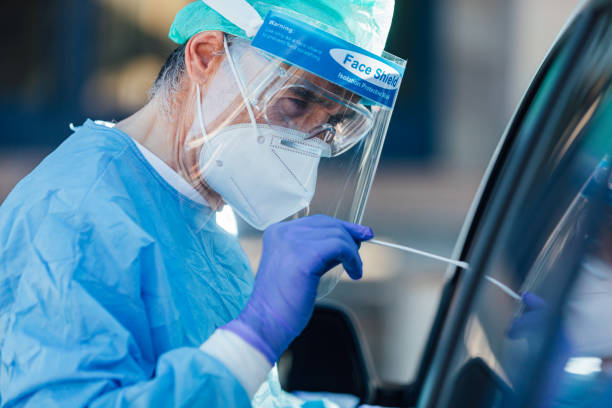A polymerase chain reaction is a powerful tool for detecting diseases, and PCR can detect minimal amounts of DNA, making it an invaluable diagnostic tool for many diseases. In this article, we’ll discuss what is PCR, and we’ll look at the different diseases that PCR can detect. We’ll discuss the advantages and disadvantages of using PCR for diagnosis.
What is PCR, and how does it work?
It is a technique that can amplify small amounts of DNA. PCR involves using special enzymes to copy pieces of DNA, and the DNA is then amplified, or copied, many times over. This process can detect minimal amounts of DNA, making it an invaluable diagnostic tool for many diseases.
PCR can be used to detect a wide variety of diseases. For example, PCR can be used to detect the presence of bacteria in a sample of blood. It can be used to detect viruses, such as the human papillomavirus (HPV), which is the cause of cervical cancer. In addition, PCR can detect genetic disorders, such as cystic fibrosis and sickle cell disease.
PCR is a very accurate testing method. However, a few factors can affect the accuracy of PCR testing. For example, if the DNA sample is not of good quality, it may be more challenging to obtain an accurate result. In addition, if the DNA sample is contaminated with other substances, such as blood or saliva, this can also affect the accuracy of the test.
What diseases can PCR detect?
PCR can detect a wide variety of diseases. For example, PCR can be used to detect the presence of bacteria in a sample of blood. It can be used to detect viruses, such as the human papillomavirus (HPV), which is the cause of cervical cancer. In addition, PCR can detect genetic disorders, such as cystic fibrosis and sickle cell disease.
Another advantage of PCR is that it can be used to detect multiple diseases at the same time. For example, a PCR test for HIV can also be used for other viruses, such as hepatitis C and syphilis.
What are the benefits of using this technology over traditional methods like culture or serology testing?
There are many advantages of using PCR for diagnosis. First, PCR can be used to detect minimal amounts of DNA. It makes PCR an ideal tool for diagnosing diseases that may have shallow levels of genetic material, such as viruses. In addition, it can be used to detect multiple diseases simultaneously. For example, a PCR test for HIV can also be used for other viruses, such as hepatitis C and syphilis.
Another advantage of PCR is that it is very accurate. PCR can generally detect diseases with high accuracy. However, as with all diagnostic tests, there is a slight chance of false positive and negative results.
Finally, PCR is a relatively quick testing method. PCR tests can usually be completed within a few hours. It is in contrast to traditional diagnostic methods, such as culture testing, which can take several days or weeks to obtain results.
Are there any risks associated with using PCR for disease detection, and if so, what are they?
There are minimal risks associated with using PCR for disease detection. First, PCR requires special enzymes, which may be harmful if they are not used properly. In addition, PCR can produce false positive results if the DNA sample is contaminated.
Another risk of PCR is that it can amplify DNA mutations, which can lead to false positive results and the development of resistance to drugs used to treat the disease.
What are the disadvantages of using PCR for diagnosis?
While PCR is a very accurate and powerful tool for detecting diseases, there are a few disadvantages of using PCR for diagnosis. First, PCR requires special enzymes, which may be harmful if they are not used properly. In addition, PCR can produce false positive results if the DNA sample is contaminated.
Another disadvantage of PCR is that it can amplify mutations in the DNA. It can lead to false positive results and the development of resistance to drugs used to treat the disease.
Finally, PCR is a susceptible test and can be affected by many factors, such as the quality of the DNA sample, the type of PCR machine used, and the expertise of the person running the test. It can make PCR challenging to standardize and may lead to variability in results.
How much does PCR testing cost, and who pays for it?
PCR testing can be expensive, depending on the disease being tested for and the type of PCR machine used. In general, PCR machines range in price from $1,000 to $20,000. The cost of the test itself also depends on the disease being tested for and the number of genes being analyzed. For example, a PCR test for sickle cell disease may cost around $200, while a PCR test for HIV can cost up to $2,000.
Insurance companies typically cover the cost of PCR testing; however, some insurance companies may not cover the total cost of the test. In addition, some people may have to pay out-of-pocket costs for PCR testing.
PCR testing is typically done in a hospital or clinic. The test can be done on-site, or the sample can be sent to a laboratory for analysis. It generally takes 1-2 days to get results from the lab.

